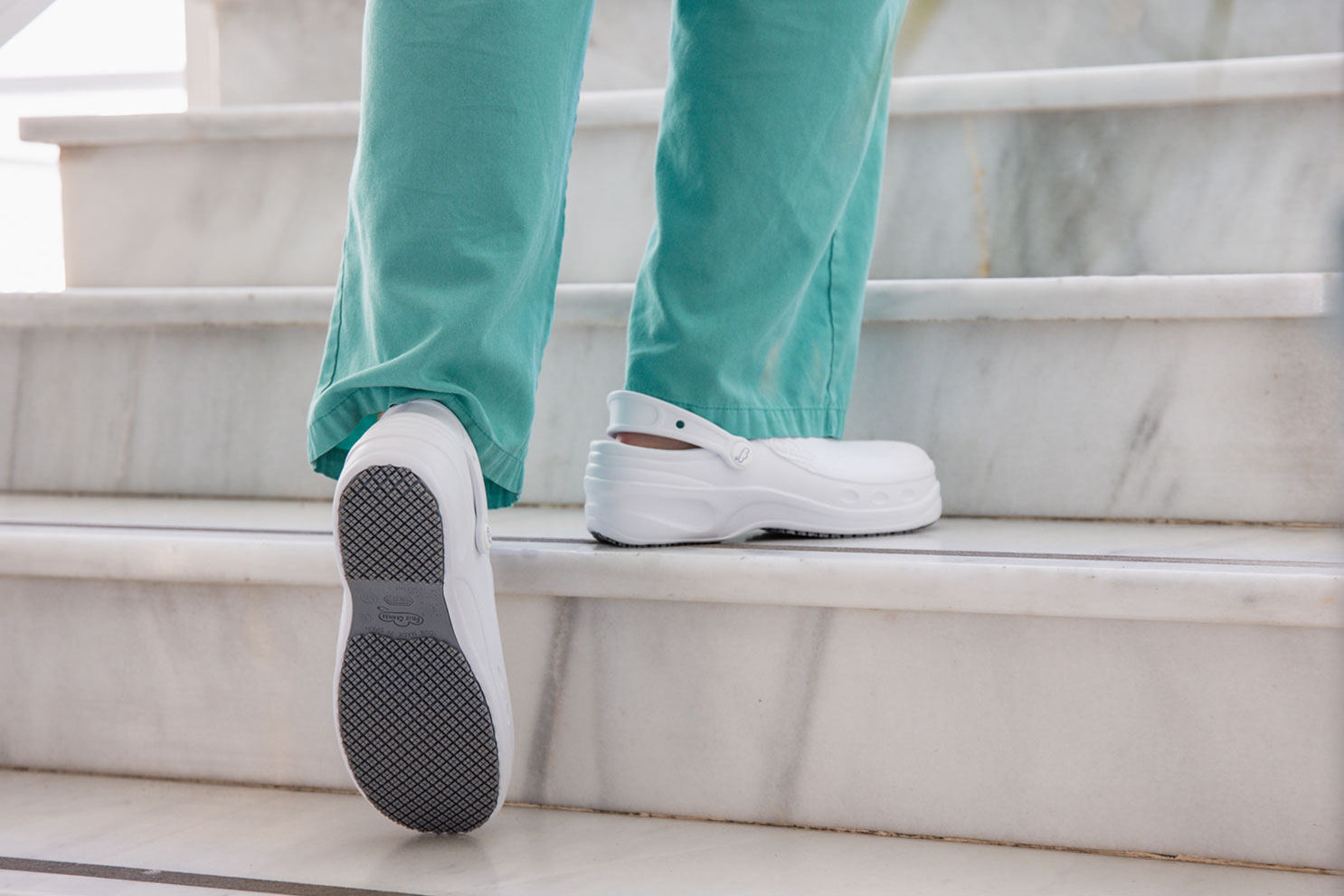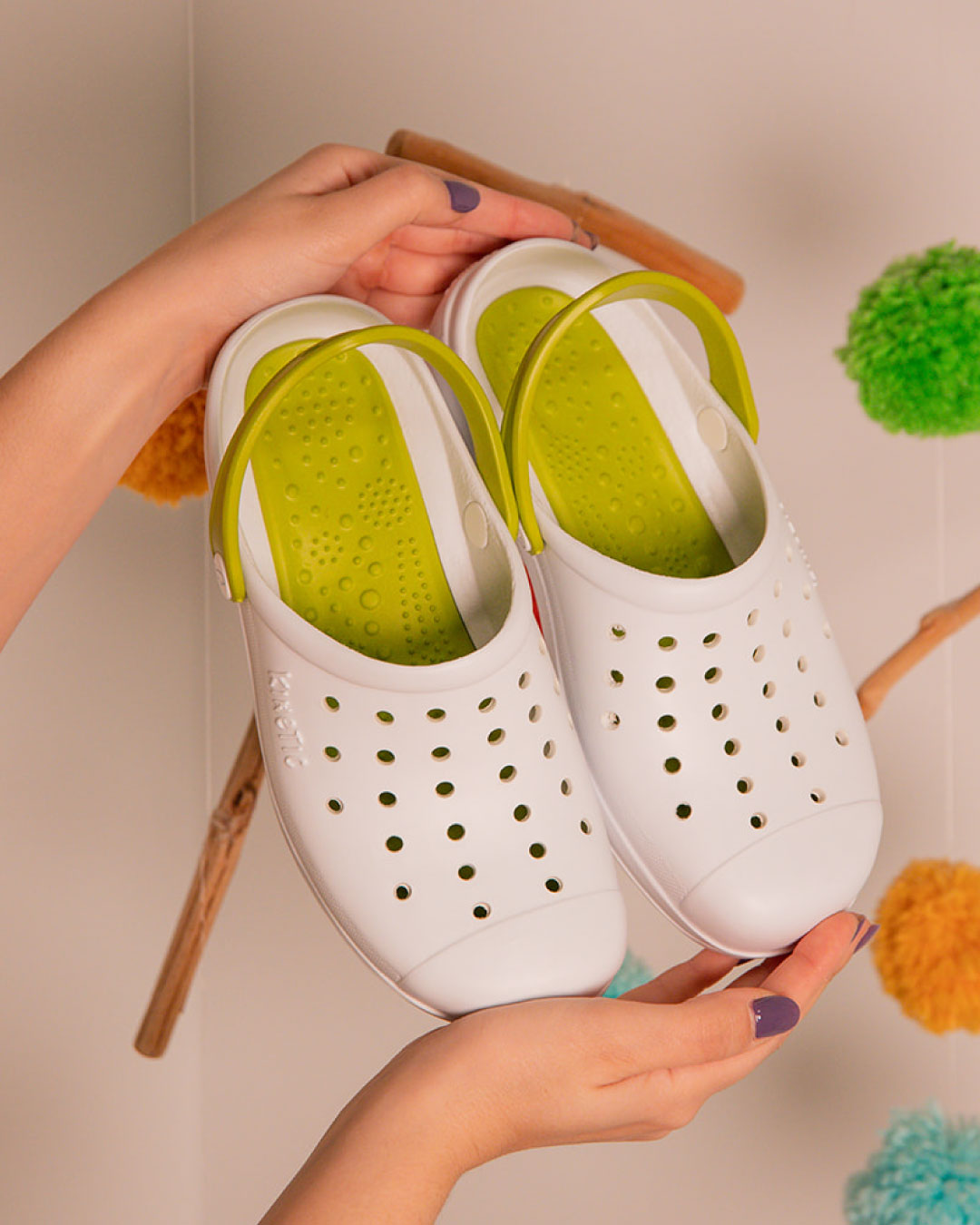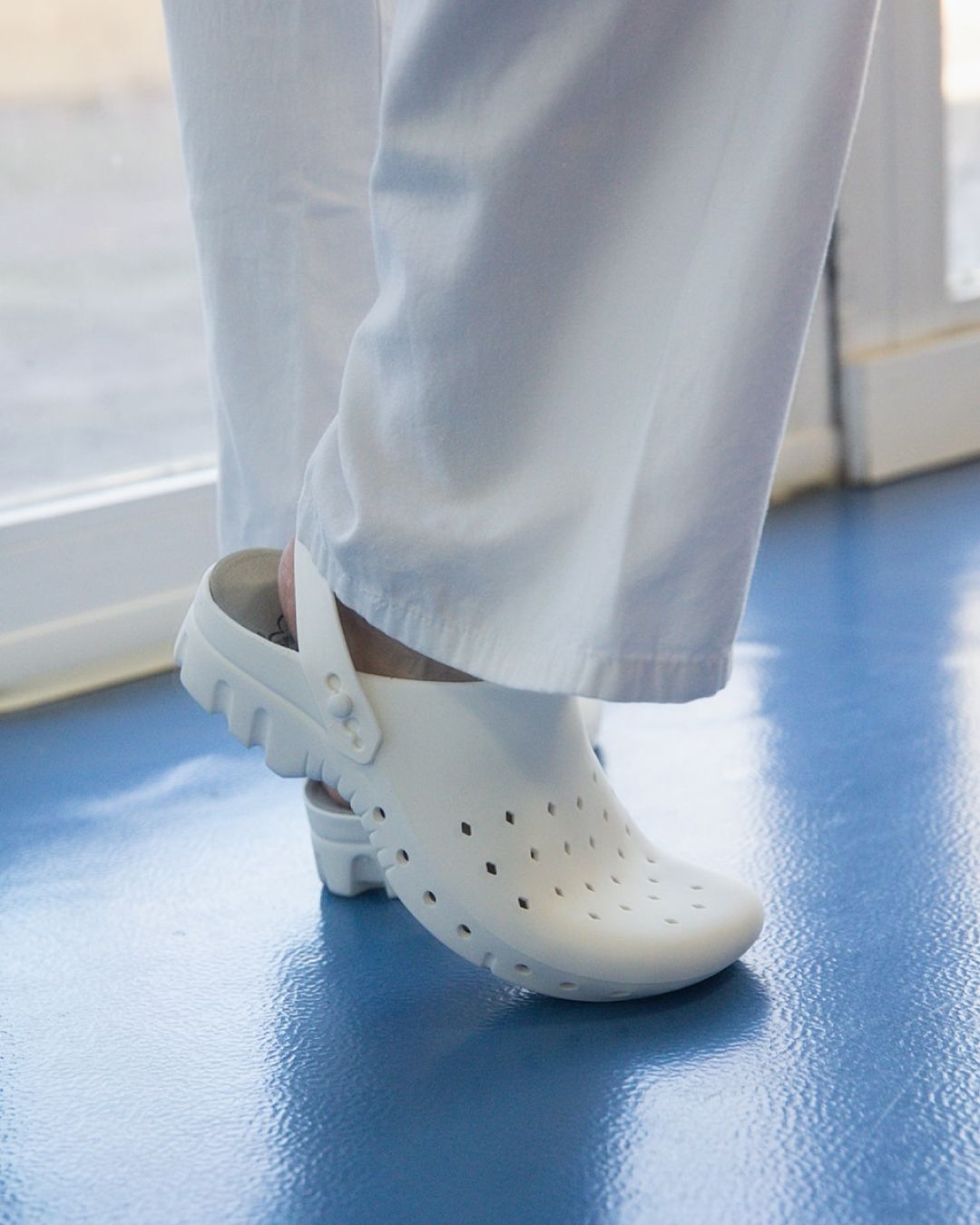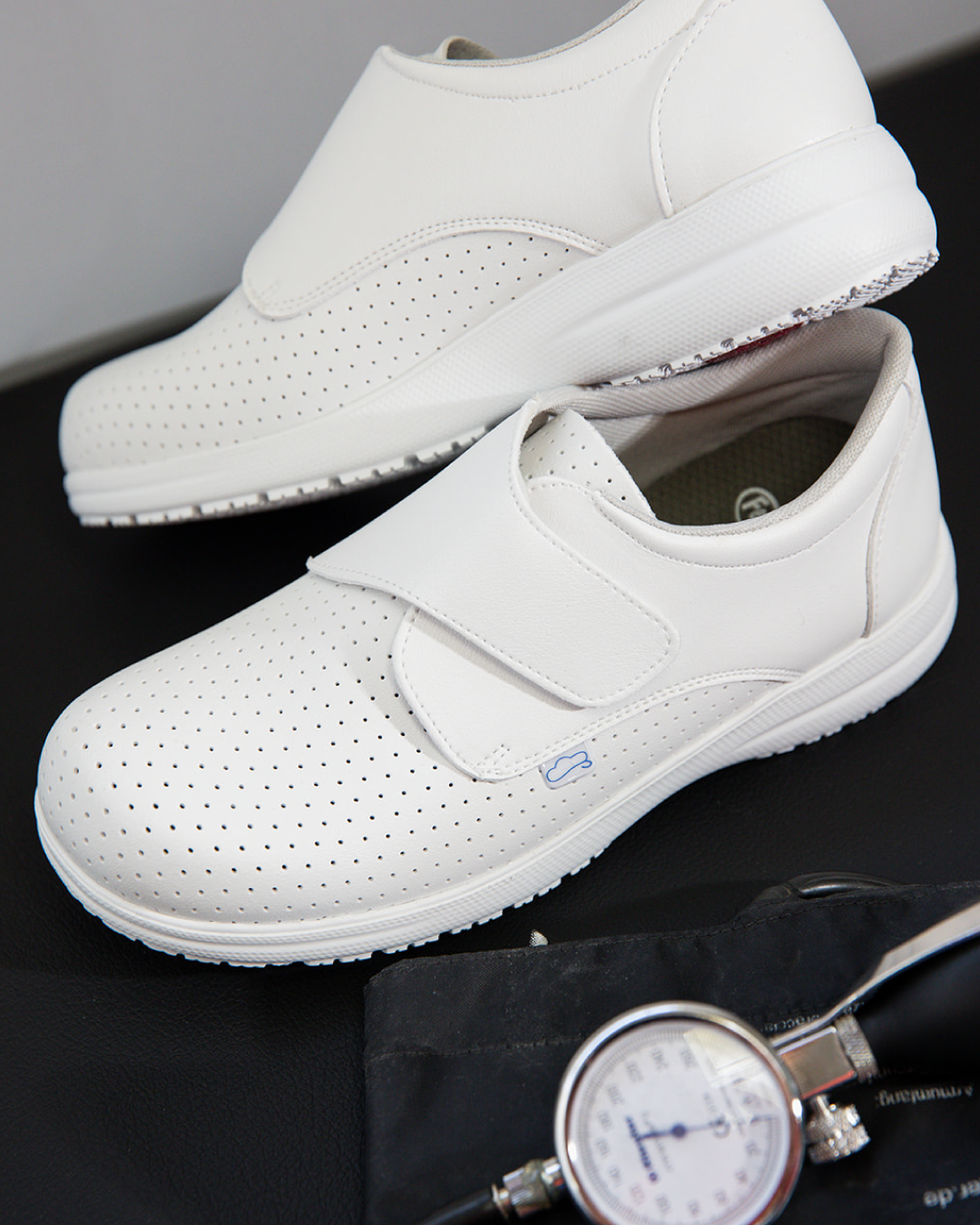Since 1995, the use of personal protective equipment has been mandatory for workers in companies, among which safety shoes stand out as one of the most important PPE. This footwear is essential in many work environments, regardless of how minimal the risk, to protect workers’ feet from hazards such as falling heavy objects, chemical spills, or punctures from nails or other sharp objects that can penetrate the sole.
But being safe doesn’t necessarily mean they can’t be comfortable, as they should allow for eight hours of work without causing pain in the feet or back. Fortunately, advances in design and materials make today’s safety shoes safe, comfortable, and, in many cases, attractive.
Importance of Safety Shoes in the Work Environment
The work-related accidents involving feet and legs represent a significant proportion of occupational injuries. Some studies mention around 20%, which would account for almost a quarter of the total.
These contingencies usually occur, for example, due to heavy objects falling or rolling onto feet or punctures from nails or other sharp objects. Slips, trips, entrapments, and crushes are also common. For all these situations, the appropriate protective footwear can prevent many injuries or, at the very least, reduce their severity.
Safety regulations in most workplaces require safety shoes with reinforced toe caps to protect the toes. Other requirements they may have include non-slip soles, electrical insulation, and protection against chemicals. In any case, there are standards that regulate them, such as ASTM F 2413 and EN 20345.
Depending on the type of work, such as that carried out in construction, manufacturing, mining, or agriculture, there are different hazards for the feet. A reinforced shoe or boot at the most critical points reduces the risk of serious injuries such as fractures, amputations, burns, or electrocutions.
Even in places like offices, stores and other environments seemingly safer than industrial ones, accidental incidents can occur. That’s why it’s always important to have good foot protection.
Essential Characteristics of Safety Shoes
So, what are the most basic features that safety footwear should have? We’ll first look at the most common ones, but also some more specific ones.
- Reinforced toe cap, typically made of steel, to protect the toes from the impact of heavy objects.
- Non-slip sole to improve grip and prevent falls when stepping on slippery surfaces.
- Elastic and breathable materials for greater comfort throughout the workday.
- Reduced weight, to reduce muscle and joint fatigue.
- Impact absorption in heel and sole to prevent injuries.
- Reinforced anti-perforation soles, which can prevent nails, glass, and other objects from penetrating the sole of the foot.
As we mentioned, there are other more specific functionalities, among which we can include:
- Electrical protection to prevent electrocutions when working with cables and equipment connected to electrical current.
- Chemical resistance to protect feet against corrosive substance spills.
- Thermal insulation to walk on extremely hot or cold surfaces.
Many of these features are continuously improved thanks to innovation in safety shoe manufacturing materials.
Technological Innovations in Safety Shoes
Research has succeeded in developing new materials and designs applicable to protective footwear:
- Composite toe caps, much lighter than steel but equally resistant.
- Gel or foam cushioning systems to reduce impact when walking.
- Antibacterial treatments for better hygiene and comfort.
- Soles with improved grip on various surfaces and weather conditions.
Other innovations include:
- The use of advanced materials, previously reserved for military or aerospace industries, such as carbon fiber or kevlar, for very lightweight and resistant footwear.
- Materials that are very light, resistant, and flexible such as EVA rubber or polyurethane.
- Quick laces or closures to facilitate putting on and taking off.
- Designs with reflective and high-visibility colors.
Selection and Maintenance of Safety Shoes
When choosing work shoes, it’s important to ensure they meet the safety standards of each industry.
It is recommended to try them on before use. The footwear should fit well, without being tight, with a small space for the toes.
To make them last longer, it is recommended to clean them regularly and let them dry well before using them again.
Rotating use between several pairs of work shoes allows them to dry better after washing and distributes the wear of each pair.
Impact on Productivity and Occupational Health
Definitely, high-quality safety shoes increase productivity. This is due to several factors:
- A lower absenteeism, thanks to preventing foot injuries.
- Improvement of muscle fatigue and joint stress.
- The concentration at work improves when walking comfortably.
- Gaining confidence to work safely.
- Time lost due to accidents or replacing worn-out footwear is avoided.
No matter how small the risk of suffering a foot injury, one should always use the best protective footwear. Firstly, because work safety laws mandate it, and secondly, because the benefits are significant.











